

What is the material of ITO target?
ITO target, full name indium tin oxide target, is one of the key materials in the field of electronic information industry. Indium Tin Oxide (full English name is Indium Tin Oxide, referred to as "ITO"): black gray ceramic semi Unlike bulk materials, Pupu's Indium Tin Oxide is transparent in the visible light bubble. However, under infrared light, the indium tin oxide layer plays an invisible role and reflects infrared rays.
As an n-type semiconductor material, indium tin oxide has high electrical conductivity, excellent visible light transmittance, strong mechanical hardness and good chemical stability. It is mainly used to make liquid display panel displays, plasma displays, Touch screen, electronic paper, organic light-emitting diodes, solar cells, antistatic coating, transparent conductive coating for EM shielding, various optical coatings, etc.
The ITO target is one of the sputtering targets. The ITO target is mainly vaporized by magnetron sputtering and sputtered onto a glass substrate or a flexible organic film to produce an ITO film. The latter is a transparent conductive oxide film. The thickness is generally 30-200 nanometers.
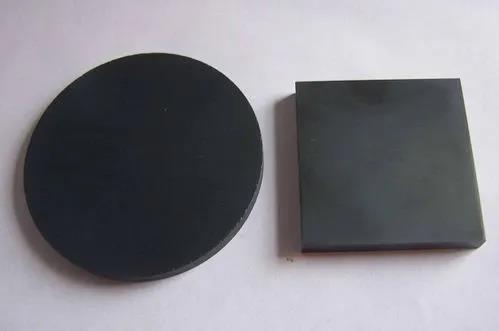

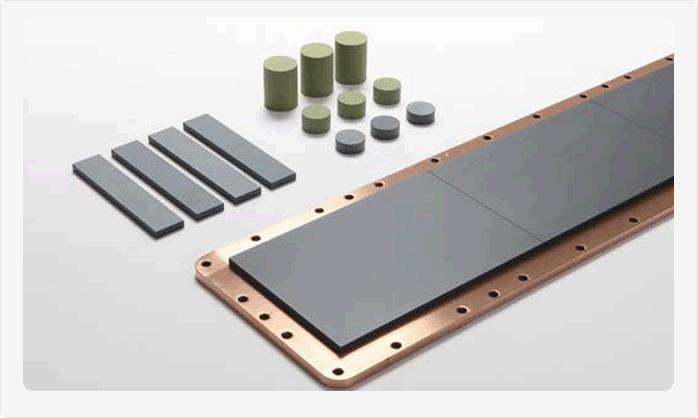
The use of ITO target
The ito target is mainly used in flat panel displays, and the target is mainly used in semiconductors. The rapid development of science and technology has allowed the electronics industry to occupy a large share of the market, directly affecting people's work and life.
The ito target has extremely high performance advantages, and has relatively high thermal shock resistance, which will not cause damage to the equipment during use, and its purity is particularly high. At present, many electronic products in the market use flat-panel displays. Computers and TVs have entered thousands of households. LCD products are relatively high in appearance and texture, and can reduce energy consumption.
Ito targets are widely used in the electronics field, because the requirements for materials in the electronics field are generally relatively high. It plays a certain role in promoting the development of the electronics industry. At the same time, the target material can prolong the service life of electronic products, and the quality is relatively in line with the testing standards. Generally, the output is rarely unqualified, and at the same time, it can also meet the requirements in appearance. people's demands.
There are four main molding methods for ITO targets:
The vacuum hot pressing method is a process of densifying ceramic materials by using thermal energy and mechanical energy, and can produce high-density ITO ceramic targets with a density of 91% to 96%. The process is as follows: heat the mold, add the sample, fix the model on the heating plate (control the melting temperature and time), then melt, harden, cool the sample, and finally take out the finished product.
Hot isostatic pressing (HIP) can be thought of as pressure sintering or high temperature pressing. Compared with the traditional pressureless sintering, the hot isostatic pressing method can make the material completely dense at a lower temperature (generally about 0.5 to 0.7 times the melting point of the material). It can control the structure well, suppress grain growth and obtain uniform, isotropic structure.
Room temperature sintering is a target preparation method developed in the early 1990s. It adopts pre-pressing method (or slurry casting method) to prepare high-density target preforms, and then sinters them under a certain atmosphere and temperature. The main process of the atmospheric pressure sintering method is: mixing In2O3 powder (with a certain tap density) and SnO2 powder to prepare a slurry for slurry casting. Then dehydration and degreasing treatment is carried out for a long time at a temperature of 300-500 °C, and finally sintering is carried out under a pressure of more than 1 atmosphere in a pure oxygen or air atmosphere, and the sintering temperature is 1450-1550 °C.
Cold isostatic pressing (CIP) uses rubber or plastic as the covering mold material at room temperature, and uses liquid as the pressure medium to transmit ultra-high pressure. Under the protection of a low-pressure oxygen atmosphere, the ITO powder is pressed into a large ceramic preform by cold isostatic pressing, and then sintered at a high temperature of 1500-1600 °C in a pure oxygen environment of 0.1-0.9 MPa. This method can theoretically produce ceramic targets with a density of 95%.
CIP bags/ Cold Isostatic Pressing bags,molds,toolings
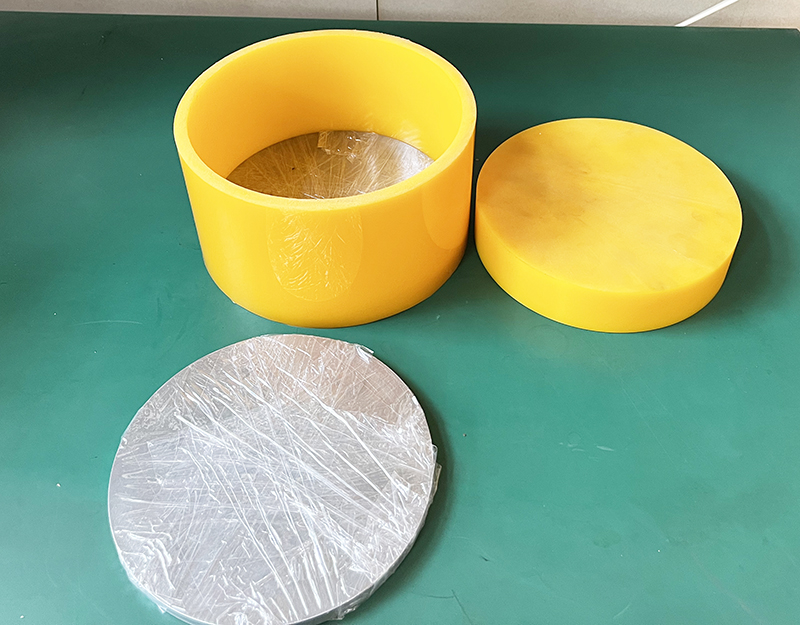
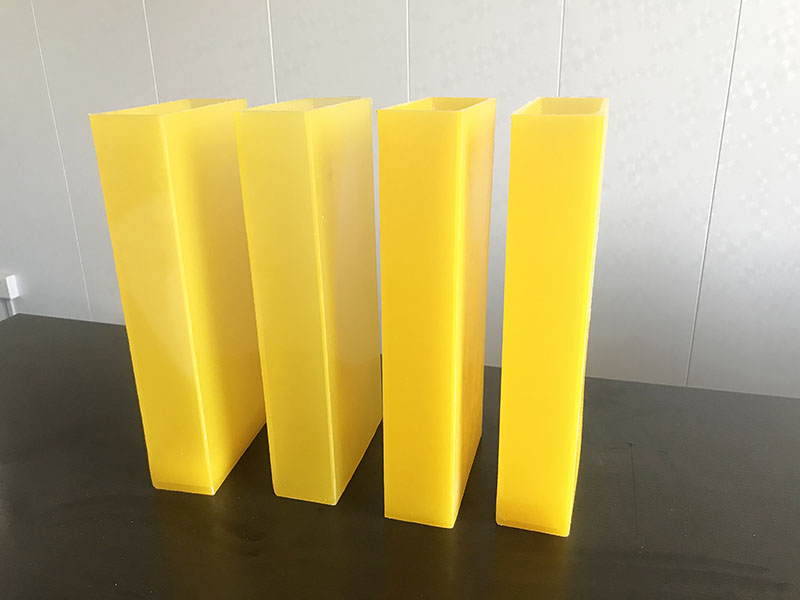
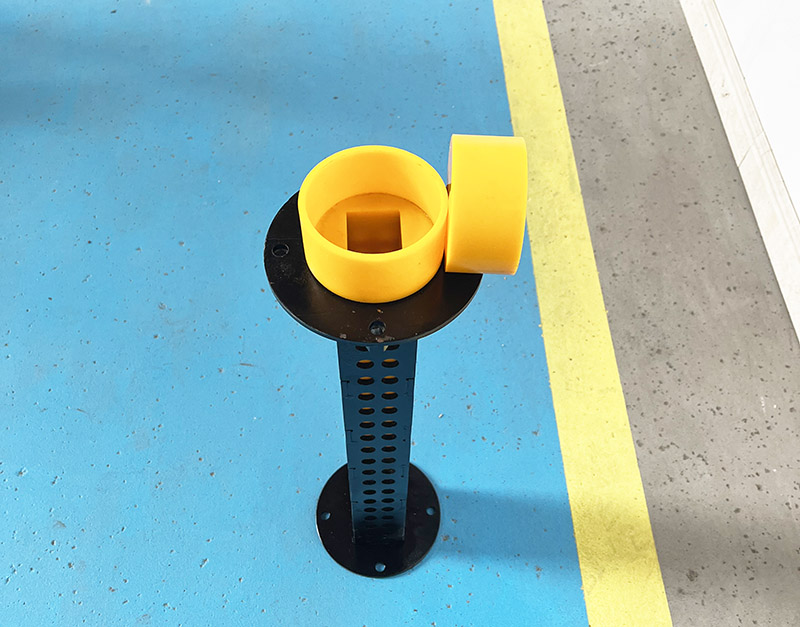
Rubber Mold Rubber Molding Plastic Mold Plastic Molding Polyurethane Products